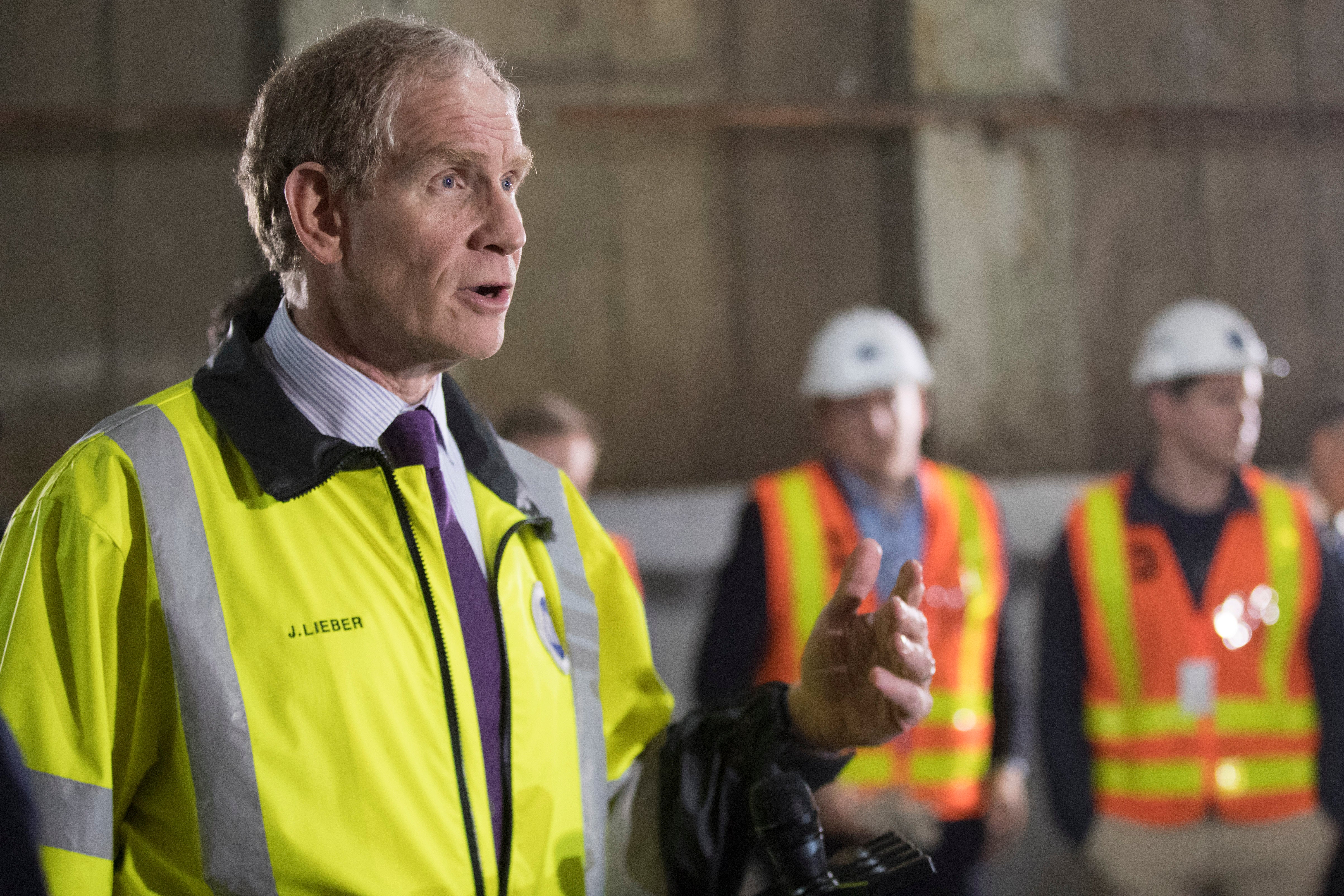New York transit chief says agency must shrink subway improvements following nixed congestion toll
The head of New York's transit authority says the agency will have to cut back its plans for maintaining and improving its subways, buses and commuter rail

Your support helps us to tell the story
From reproductive rights to climate change to Big Tech, The Independent is on the ground when the story is developing. Whether it's investigating the financials of Elon Musk's pro-Trump PAC or producing our latest documentary, 'The A Word', which shines a light on the American women fighting for reproductive rights, we know how important it is to parse out the facts from the messaging.
At such a critical moment in US history, we need reporters on the ground. Your donation allows us to keep sending journalists to speak to both sides of the story.
The Independent is trusted by Americans across the entire political spectrum. And unlike many other quality news outlets, we choose not to lock Americans out of our reporting and analysis with paywalls. We believe quality journalism should be available to everyone, paid for by those who can afford it.
Your support makes all the difference.New York's transportation authority will have to shrink its plans for maintaining and improving its subways, buses and commuter rails after the state’s governor abruptly halted a scheme that would have funded the system by charging most motorists $15 to enter the core of Manhattan, the agency's head said Monday.
Speaking publicly for the first time since Gov. Kathy Hochul last week rolled back plans for the tolling scheme, Janno Lieber said the agency will need to shift to prioritizing maintaining the safety of the underlying system, as well as ensuring that service isn't reduced.
“It's not something we do lightly. But we simply cannot award contracts without dedicated funding in place,” Lieber, the Metropolitan Transportation Authority’s CEO and chairman, told reporters at a news conference. He said he found out about Hochul’s decision the night before she made the announcement.
The MTA was expecting to receive billions from the nation’s first “congestion pricing” scheme, with motorists paying to enter Manhattan south of Central Park. The tolls, set to launch later this month, were set to finance $15 billion in capital projects for the beleaguered transit system, and had been expected to yield $400 million this year and then $1 billion annually, according to the New York City Independent Budget Office.
Hochul, who had long been publicly supportive of the congestion pricing scheme, chalked up her change of heart to the financial burden she said the toll would pose on New Yorkers already struggling with the high costs of living, as well as its possible impact on New York City’s ongoing economic recovery from the pandemic.
The governor hasn't said how she would replace the funding that the MTA was banking on receiving from the toll to pay for upgrades and fixes. Hochul had suggested raising taxes on businesses to make up for the toll revenue. But state lawmakers rejected that plan and didn’t take up legislation to replace the congestion pricing revenue before the legislative session ended Friday.
To those who are frustrated by Hochul's reversal, Lieber said, “I can relate.”
But he batted away suggestions that he might resign in protest over the situation, noting that he previously spent 14 years working on projects rebuilding the World Trade Center.
“I'm the patron saint of challenging projects,” Lieber said.
The MTA still plans to pursue congestion pricing, according to Lieber. And it will continue to fight lawsuits from New Jersey and others that sought to halt the program before Hochul did, he said.